Search The Collection
Filter By
Object Type / Material
Geographic Location
Date / Era
Department
Show Only:
- As part of the Met's Open Access policy, you can freely copy, modify and distribute this image, even for commercial purposes.APIPublic domain data for this object can also be accessed using the Met's Open Access API
- Objects with changed or unknown ownership in continental Europe between 1933-1945. Learn more
Showing 211 results for Indian, North Indian, possibly Mughal
Sort By:
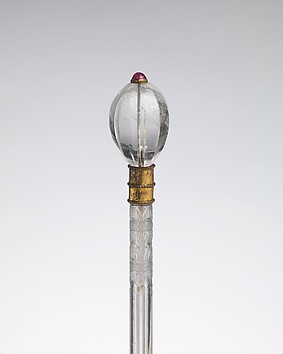
Indian
18th century
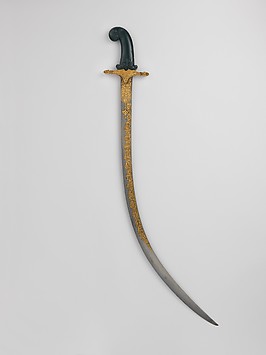
blade, possibly Iranian; guard and decoration on blade, Turkish; grip, Indian
blade, 18th–19th century; guard and decoration on blade, 19th century; grip, 18th century
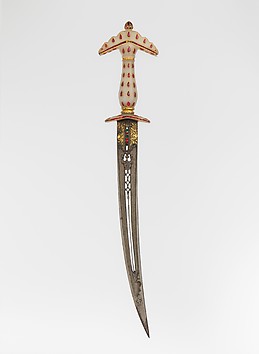
Hilt, Indian, Mughal; blade, Turkish or Indian
late 17th century
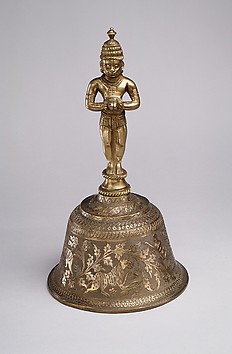
Indian
last half 19th century
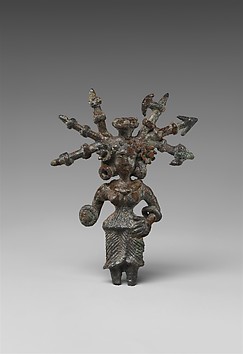
North India (possibly Kausambi, Uttar Pradesh)
2nd century BCE

Hashim
recto: ca. 1620; verso: 1537–47
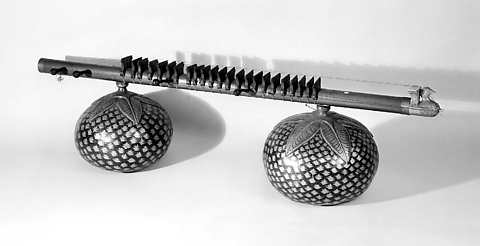
Indian (North)
ca. 1885
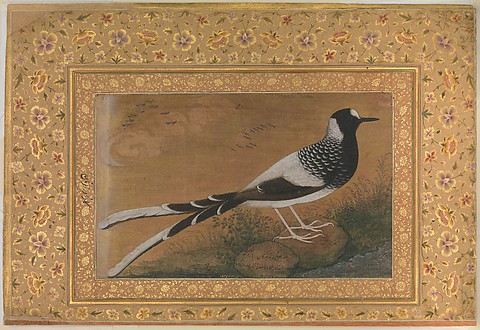
Abu'l Hasan
recto: ca. 1610–15; verso ca. 1540
Indian, North Indian, possibly Mughal
17th century
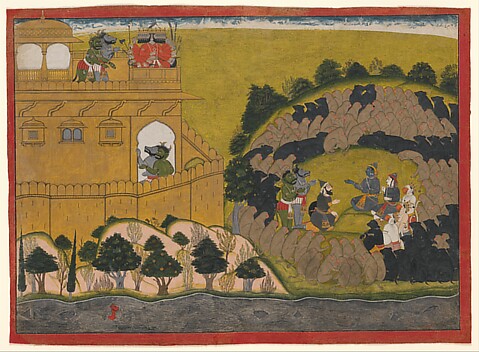
Manaku
ca. 1725

North India (possibly Uttar Pradesh)
ca. 7th century
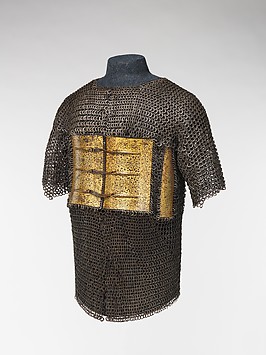
Indian
dated A.H. 1042/1632–33 CE
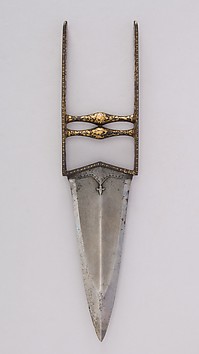
Indian, Mughal
18th–19th century

Indian, Mughal
dated 1243 A.H./1827 CE

Master of the "Isarda" Bhagavata Purana
ca. 1560–65
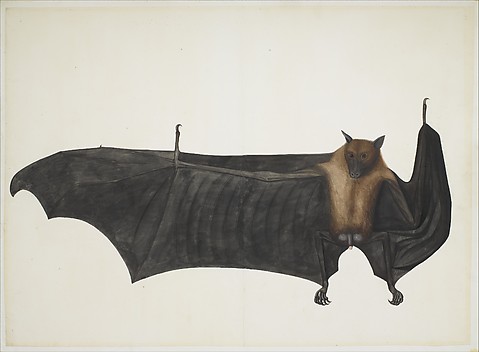
Bhawani Das
ca. 1777–82
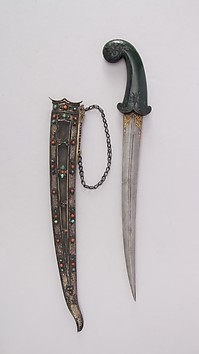
Indian, Mughal; sheath, possibly Tibetan
19th century
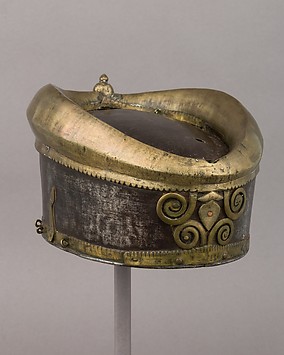
Indian, possibly North Indian
probably 19th century
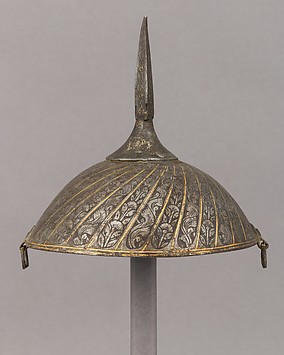
Indian, possibly North Indian
19th century
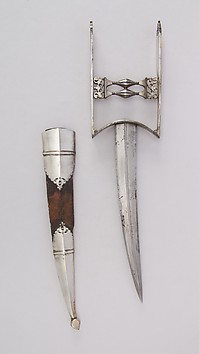
North Indian
18th century
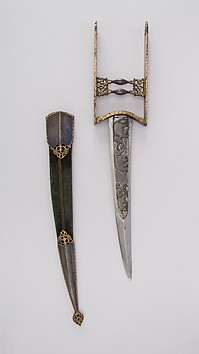
North Indian
18th century
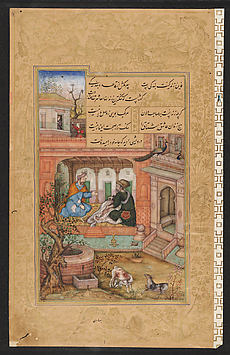
Basawan
dated 1595

Payag
ca. 1633
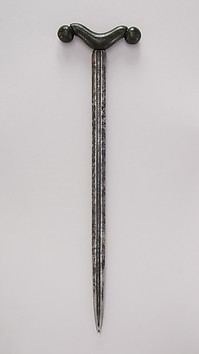
Indian, Mughal; blade, European
18th century
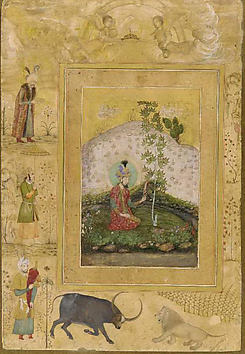
Payag
ca. 1650
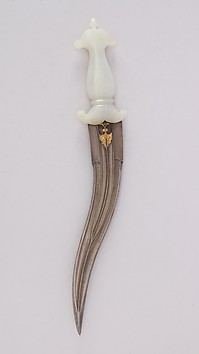
Indian, Mughal or Deccan
18th–19th century

Indian, Mughal or Deccan
18th–19th century
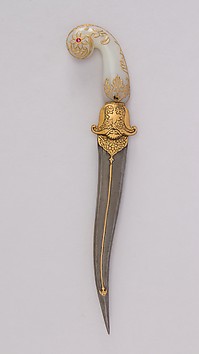
Indian, Mughal or Deccan
18th–19th century
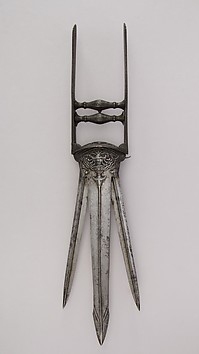
Indian
18th–19th century
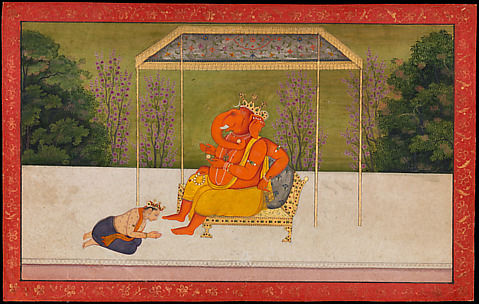
Indian
ca. 1775–80
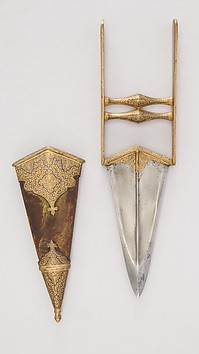
Indian
18th–19th century
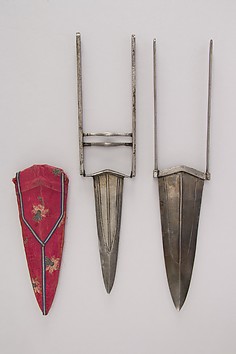
Indian
18th–19th century
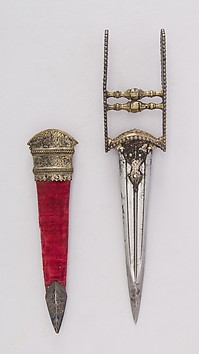
Indian
18th century
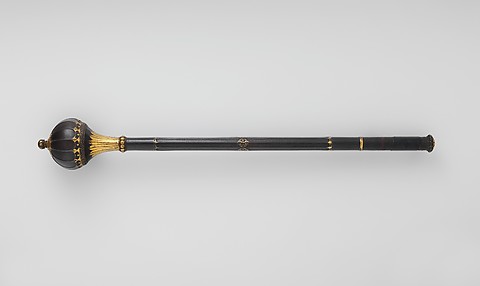
North Indian or possibly Deccan
probably 18th century
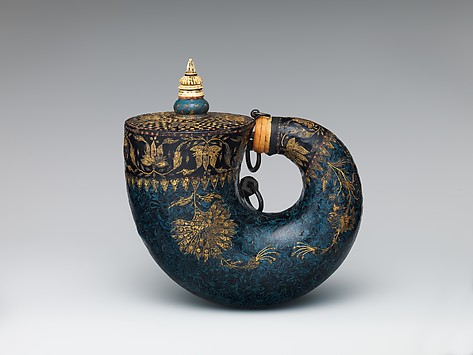
Indian, possibly Deccan
17th century
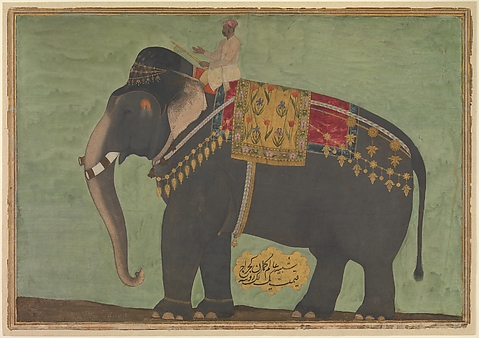
Bichitr
ca. 1640
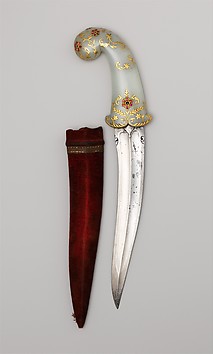
Indian, possibly Lucknow
late 18th century
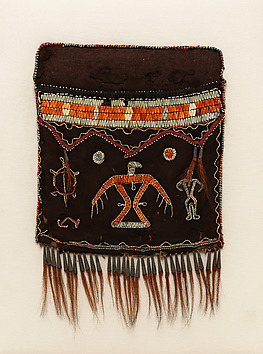
Anishinaabe, possibly Mississauga Ojibwa, Native American
ca. 1800
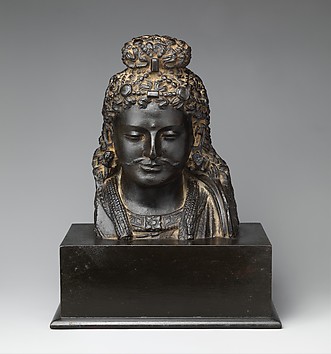
Pakistan, Khyber-Pakhtunkhwa province
2nd–3rd century
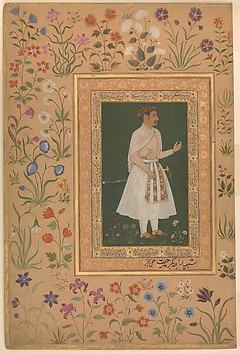
Bichitr
recto: ca. 1620; verso: ca. 1540